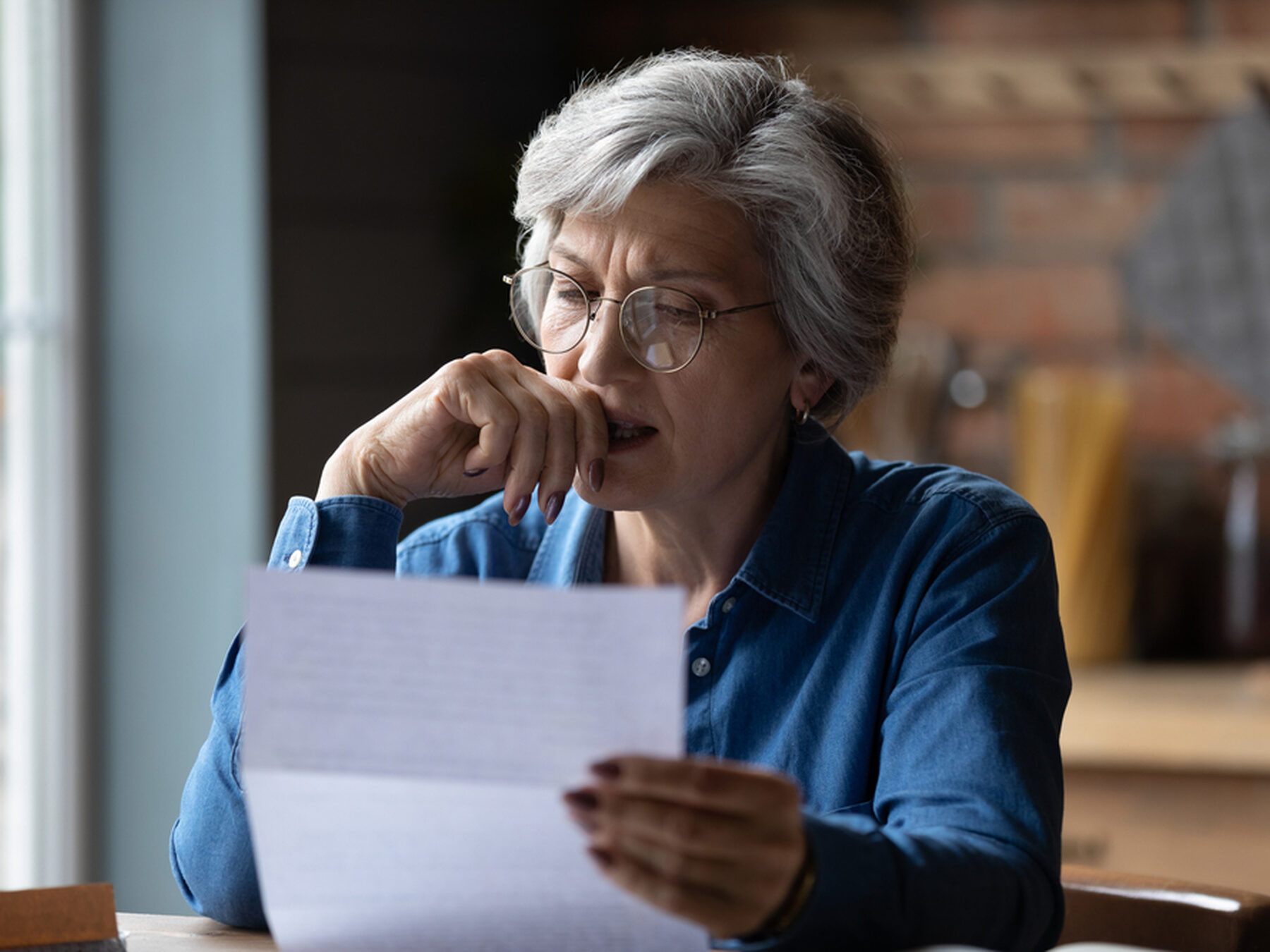13 May 2024
Peterborough office
48 Broadway, Peterborough Cambridgeshire, PE1 1YW
01733 346 333 01733 562 338 enquiries@hegarty.co.ukStamford office
10 Ironmonger Street, Stamford Lincolnshire, PE9 1PL
01780 752 066 01780 762 774 enquiries@hegarty.co.ukOakham office
66 South Street, Oakham Rutland, LE15 6BQ
01572 757 565 01572 720 555 enquiries@hegarty.co.ukMarket Deeping office
27a Market Place, Market Deeping, PE6 8EA
01778 230 120 01778 230 129 enquiries@hegarty.co.uk13 May 2024
The gender pension gap is the disparity in retirement savings and/or income between men and women.
At the beginning of a person’s career journey, the difference in pension savings based on gender is non-existent, as everyone starts from zero. However, in the early stages of people’s careers, particularly in their early 30s and for those who qualify for automatic enrolment, women tend to accumulate more in their pension pots than men.
However, the scenario takes a significant turn post-35. Between the ages of 35 and 39, a gender pension gap of 10% emerges. This gap widens alarmingly to 47% by the time individuals approach their late 40s, as highlighted in the government’s Gender Pensions Gap report.
It’s especially harmful as it impacts women at a stage in their lives when options to address it are severely limited. The disparity in pension savings between genders doesn't only manifest when one retires, nor does it originate from one's initial pay check. Due to enduring inequalities throughout their lives, women, on average, need to extend their working years by an additional 19 years to accumulate pension savings equivalent to those of men.
This discrepancy presents women with challenging decisions regarding their retirement plans:

The inequality in pension savings between genders primarily stems from differences in earnings, with the gender pay gap playing a significant role. Many of us allocate a portion of our earnings toward our pension throughout our working life. Given the wage gap, where women typically earn less than men, this also translates into smaller contributions to their pension funds.
However, additional elements further influence this disparity, such as taking career breaks and the choice between part-time and full-time employment.
Some other causes of the gender pension gap could be argued to be:
Simply put, yes. The disparity can grow significantly if pensions are not addressed during divorce negotiations.
Pensions are often the second most valuable asset after the family home and may even be the largest, but too often divorce settlements do not take pensions into account. This affects women in particular, potentially leaving them with a significant pension shortfall in later life.
The primary reason for women not addressing pension assets was predominantly due to unawareness with many women believing that these assets were not included in the proceedings.
Despite pension assets not being a compulsory part of divorce proceedings, it’s advisable to have a legal professional look at your pension and work with you to get a fair and reasonable outcome for you.
While it might seem appealing to save money by avoiding professional advice during a divorce, this approach could lead to substantial financial losses, potentially amounting to tens of thousands of pounds due to this misguided attempt at economising. Specialists in Family Law can provide crucial guidance on pension valuations, especially for those involving final salary or defined benefit schemes. They can also facilitate obtaining a pension actuary report if it's necessary, ensuring you make informed decisions about your financial future.

During a divorce, pension assets often represent one of the most significant, if not the paramount, assets within the marital estate.
Regardless of the marriage's duration—unless it was exceedingly brief and both parties are notably young—addressing pension assets is crucial in every divorce proceeding. It's important for both spouses, not exclusively wives, to ensure they receive their equitable portion of this valuable asset.
This requires accurately determining its value and considering it alongside the family home and other assets for equitable distribution.
A pension-sharing order
The Court will make an Order that one party receives a percentage of the other party’s pension in a particular scheme. That percentage is then deducted from the pension (known as the Pension Debit) and then paid to a Pension Scheme nominated by the receiving Party (known as the Pension Credit). Depending on the type of pension being share, the receiving Party may have the option to remain in the same scheme or they may have to set up a Scheme to receive the Pension Credit.
Pension offsetting
The worth of the pension is balanced (or offset against) other assets. For example one party may retain their full pension but the other receives different assets, such as property or cash, that are of an equivalent value. Whilst this may seem attractive due to the simplicity, you have to be very careful with this approach because the Cash Equivalent Transfer Values (the value placed on a Pension by the Schemes Trustees) may be unreliable and could be a significant over or under value compared with cash or property. You should always take specialist legal advice before considering this option.
Pension earmarking
The entire pension, or a portion of it, is designated to be paid to one individual once the other begins to receive pension benefits, without any legal change in ownership. This is rarely used in practise because if the party with the pension dies, the benefits are lost
There has been a gradual reduction in the pension gap over the last two decades, though the progress has been notably slow. In 2006, the disparity in pension savings between genders stood at 42%, a figure that had narrowed to 35% by 2020. A significant factor contributing to this improvement is the implementation of automatic enrolment in workplace pension schemes.
Introduced in 2012, auto-enrolment automatically signs up all qualifying employees for their workplace pension schemes unless they choose to opt-out. This initiative has significantly boosted the number of women contributing to a pension.
Among those who qualify for auto-enrolment, 91% of women now contribute to a workplace pension, surpassing the 89% of men who do the same. Moreover, women are contributing more on average, with annual contributions of £2,700 compared to men's £2,430.
Although auto-enrolment has been beneficial, it alone cannot bridge the pension gap and many organisations are calling for further changes.
There are numerous steps each of us can take to enhance our pension savings, yet addressing the pension gap requires intervention at the governmental level. Implementing policies that assist women in balancing professional careers and caregiving duties could significantly narrow both the wage and pension gaps.
However, there are measures you can undertake to diminish your own pension gap. These steps include:
Whatever legal support you need, our experienced and highly skilled solicitors and legal advisors are here to help. With expertise across a wide range of legal areas, we provide clear, practical advice tailored to you. What sets us apart is our commitment to understanding your needs and delivering the best possible outcome with a personal touch.